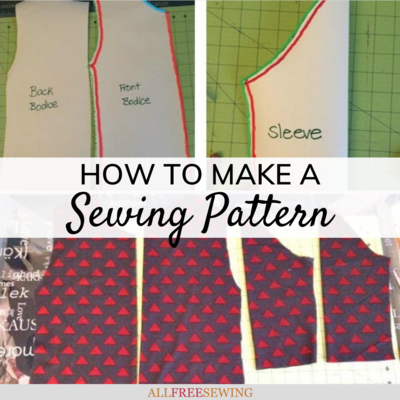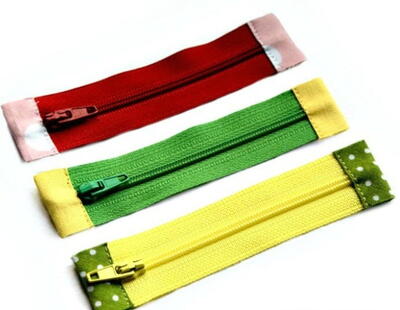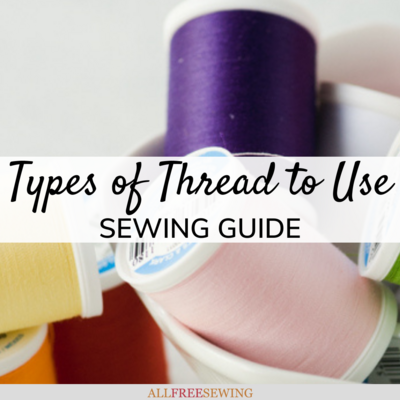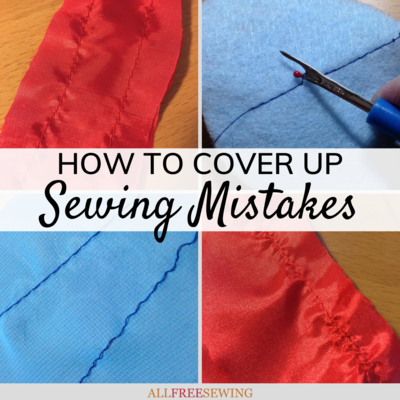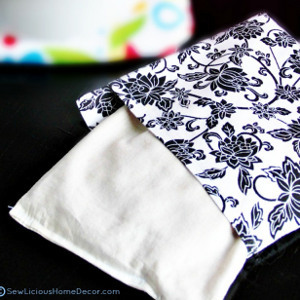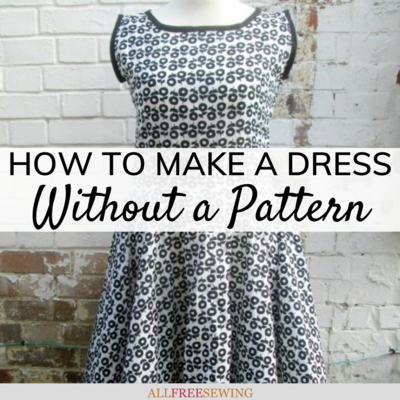Hemming & Hawing
Time to learn how to make simple sewing alterations yourself.

So, you’re too short to wear pants off the rack without mopping up every bit of rainwater you walk past. Or that bandage dress you bought for homecoming a decade ago isn’t exactly gliding over your luscious hips anymore, but you know you could chop off the bottom and rock it as a shirt. No matter who you are, you will need your clothes hemmed at some point in your life. You could pay the cost of this book to get a single pair of pants hemmed at the alterations shop in the airport, or you could just spend a bit of your afternoon hanging out with an iron, a ruler, and some pins. You will, however, need to get your Toblerone® fix elsewhere.
SUGGESTED FABRIC
If you’re new to sewing, choose a garment made with sturdy fabric, like dress pants or a woven cotton dress. Hemming stretchy knit garments like T-shirts takes some practice to avoid getting a wavy hemline.

Materials List
- Garment that needs shortening
- Pins
- Chalk or washable marker (optional)
- Ruler
- Scissors
- Iron
- Thread
- Sewing Machine
Heads-up:
Your garment will be inside out during this entire process, even when you’re trying it on.
INSTRUCTIONS
-
Mark Your New Length and Choose Your Hem Width
We start by making two non-life-altering decisions: Where do you want the new hem of your garment, and how wide do you want said hem to be?
If you’re hemming pants or long skirts and dresses, make sure to try them on with the typical shoes you’d wear with them. If you’re hemming a shirt, put on bottoms that are the rise you typically wear. When deciding on the length of your shirt hem, you should love the length when it’s untucked, but also make sure it will still be long enough to stay tucked in if you don’t want to exist solely in crop tops. Like Sisyphus with his boulder, I have condemned myself to a life of retucking shirts I hemmed juuust too short, so please, do as I say, not as I do.
Once you’ve decided where you want your garment to end, mark this spot with a pin, chalk, or washable marker.
As for the width of the hem, I’d say the sky’s the limit, but your fate is determined by how much fabric you have to work with. Fabric permitting, you can do anything from a micro-hem to a 7-inch (18-cm) hem if that’s your vibe. A micro-hem is typically used for flowy silk and satin garments or sheer fabric and is more advanced (read: annoying to feed through your sewing machine). A wide hem is best suited to boxy tops and dresses or wide-legged pants as it helps create balance. For most projects, especially when you’re first starting out, a ½- to 1-inch (1.3- to 2.5-cm) hem will work perfectly—it’s simple to measure, easy to feed through your sewing machine, and mimics the hem of most of your clothes. -
Cut Off Excess Fabric
Now let’s cut off any excess fabric. How much fabric can you cut off while still having enough fabric for the hem? To answer that, we need to do the simplest bit of math:
Desired width of hem + ¼ inch (6.5 mm)
For example, if you want a 1-inch (2.5-cm) hem, measure 1¼ inches (3.2 cm) below your new hem mark, and cut off any excess fabric below that. If you want tips on cutting a straight line, head on back to Let’s Get One Thing Straight. -
Iron Your New Hem
To the ironing board! We’re going to do two bits of ironing to prepare the hem for sewing, which if you had asked me at age 21 would have been three too many times to be forced to iron.
With your garment inside out, take the bottom ¼ inch (6.5 mm) of fabric, fold it up, and iron it flat into place. Now, chances are you can’t fold and iron the entirety of the hem all at once. Just fold your fabric up, iron the length of the fabric that fits on your ironing board, then shuffle the fabric along and repeat. Fold, iron, shuffle, fold, iron, shuffle, and so on until you get back to where you started.
Now for that second bit of ironing I promised you. With the bottom ¼ inch (6.5 mm) of fabric still folded up, fold the new bottom of your fabric up. If you want a 1-inch (2.5-cm) hem, fold up 1 inch (2.5 cm) of fabric. A 2-inch (5-cm) hem, 2 inches (5 cm) of fabric. You get the idea. Iron this fold into place.
Because we folded up ¼ inch (6.5 mm) of fabric and then folded our fabric again, the raw edge of the fabric is now fully enclosed. -
Pin Your Hem in Place
We are just minutes away from sewing this bad boy! The last bit of prep work is to pin your hem in place. Even though we’ve ironed everything into position, we want to reinforce these folds by placing a pin every few inches along the hem. This will prevent our fabric from shifting out of place while we sew. Think of it like JELL-O®. The ironing is the gelatin and the pins are the mold. When you take JELL-O out of a mold, the gelatin holds the JELL-O’s shape, but without the mold, the shapely JELL-O is free to wiggle about. And sewing JELL-O is hard. -
Sew Your Hem
To the sewing machine, Batman! If you’re sewing a pant hem, the bottom of the pants may be too small to fit around your sewing machine, but don’t worry, sewing machine manufacturers have accounted for this! The front few inches of a modern sewing machine base should be detachable, so you can just slide it right off and hopefully fit your small textile cylinder. I say hopefully because there are skinny jeans in this world too skinny for any machine.
Now let’s set our stitch type and length. Select a straight stitch and choose a medium–long stitch length. I personally always select a 3 to 3.5 stitch length for hems. This stitch is going to be fully visible on the outside of your garment, and honestly a longer stitch length just looks way nicer and neater. We also don’t need a super-short, tight stitch because this isn’t a seam that’s going to receive a lot of strain (like every chest seam on my shirts); we’re just holding some folded fabric in place.
Now. Finally. Let’s sew! We’re going to edgestitch this hem into place, meaning we’re going to stitch as close as we can to the top of the hem. If I’m hemming pants or shorts, I like to begin sewing several stitch lengths in front of the inseam (the seam between your legs). This is because we need to backstitch at the beginning and end of our hem. Sometimes this makes the thread more noticeable, so I try to keep it as hidden as possible. Keep sewing all the way around your hem until you’re right back where you started. Backstitch again at the end to pop and lock that thread into place.
As you’re sewing, go as slooowly as you need. Because this is such a visible stitch, we really
want to ensure the stitching is as straight and neat as possible. Sewing fast may feel great in the moment, but talk to me after you realize the stitching is super wonky and you have to seam rip it all out and do it all over again. As someone who’s done this a thousand times, I can confirm the need for speed is never worth it. -
Iron Once More with Feeling
With the stitching done, there’s just one step left that’s so small it’s only one sentence: Iron the hem one last time to make it extra crisp. Now give yourself a pat on the back and go enjoy your perfectly hemmed garment
Credit:
Reprinted with permission from Not Your Gran’s Sewing Book by Allie Luecke. Page Street Publishing Co. 2024. Photo credit: Kirra Jeram.
Read Next50+ Sewing Crafts That Sell Well







